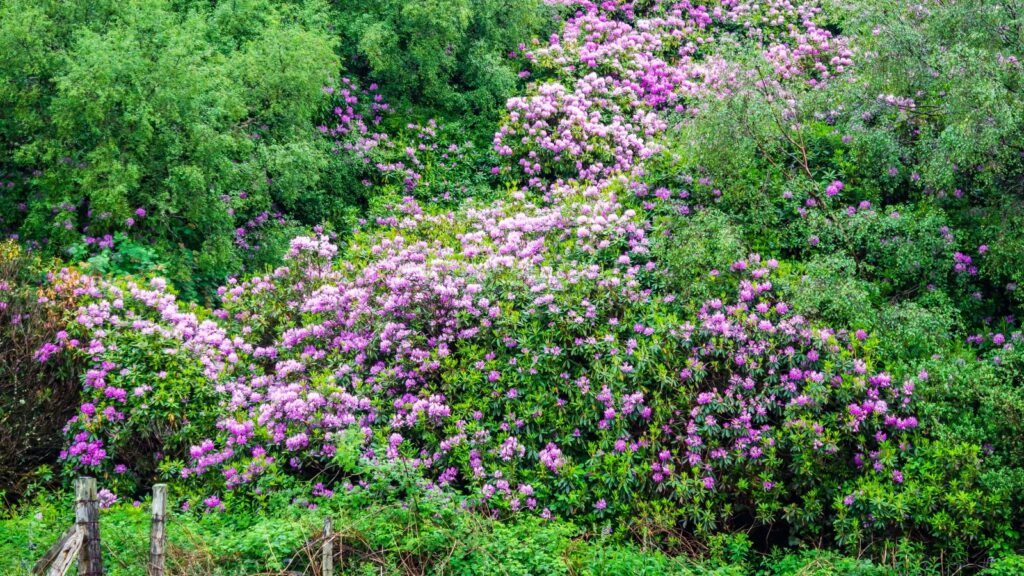Britain’s landscapes are under siege from foreign invaders. These non-native plants, introduced through various means, are wreaking havoc on local ecosystems. From crowding out native species to altering soil chemistry, these botanical bullies are changing the face of the British countryside. In my local woodland, they’re actively clearing out rhododendron thickets that were introduced during the Victorian period to try and restore the natural ecosystem and increase biodiversity.
Japanese Knotweed
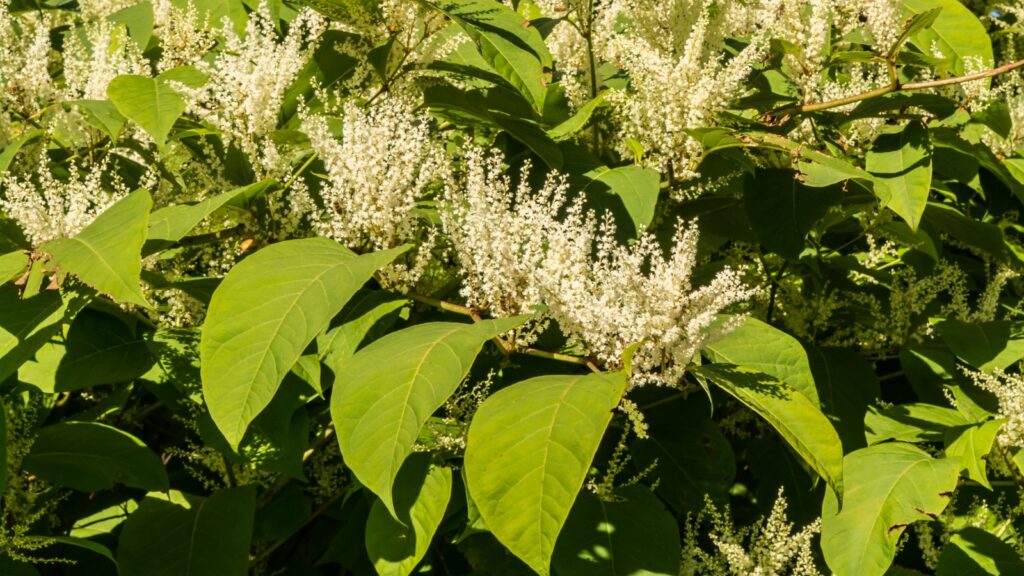
Japanese Knotweed is perhaps the most infamous invasive plant in Britain. It grows at an alarming rate, up to 10 cm a day, forming dense thickets that smother other plants. Its strong roots can damage buildings and roads, causing significant economic harm. Once established, Japanese Knotweed is incredibly difficult to eradicate, requiring years of persistent treatment.
Himalayan Balsam
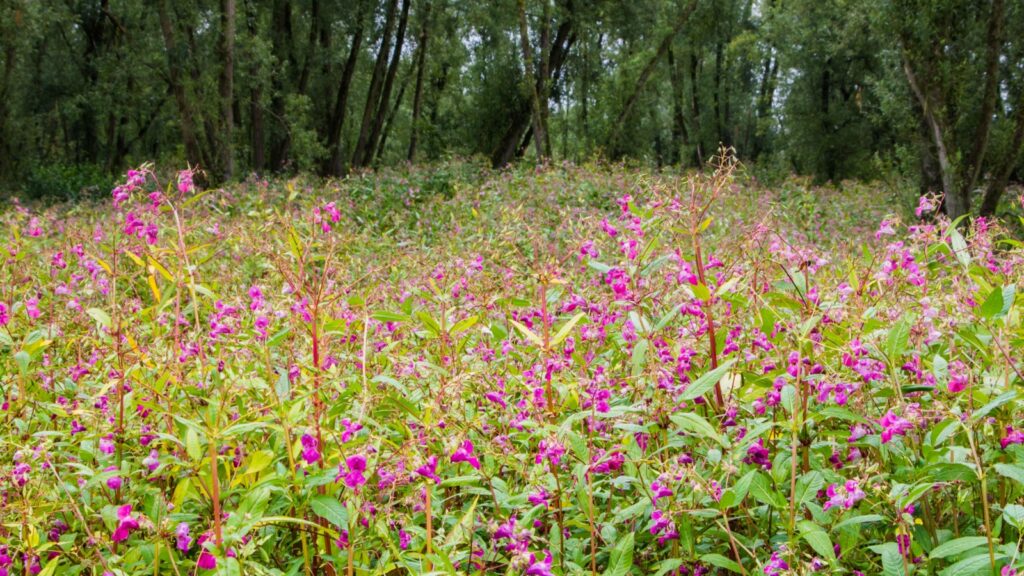
Himalayan Balsam, with its pretty pink flowers, might look harmless, but it’s a major threat to native plants. It grows rapidly along riverbanks, outcompeting native species for light, space, and nutrients. When the plants die back in winter, they leave the banks bare and vulnerable to erosion. Himalayan Balsam also produces thousands of seeds per plant, which can be catapulted up to 7 meters away.
Giant Hogweed
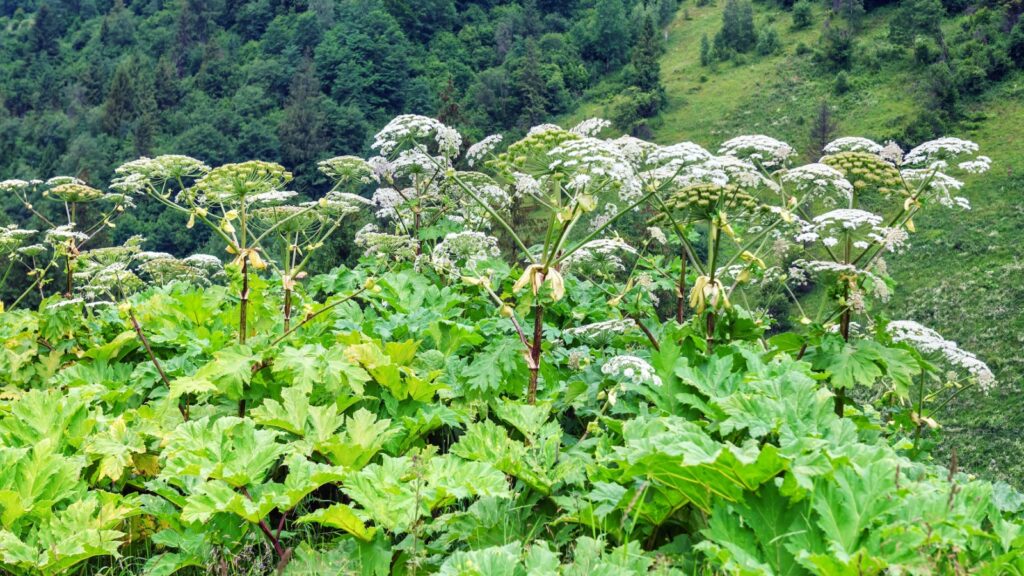
Giant Hogweed is not only invasive but also dangerous to human health. Its sap contains chemicals that make skin extremely sensitive to sunlight, causing severe burns and blisters. This plant can grow up to 5 meters tall, casting dense shade that kills off native plants beneath it. Giant Hogweed spreads rapidly along waterways, altering ecosystems and posing a public health risk.
Rhododendron Ponticum
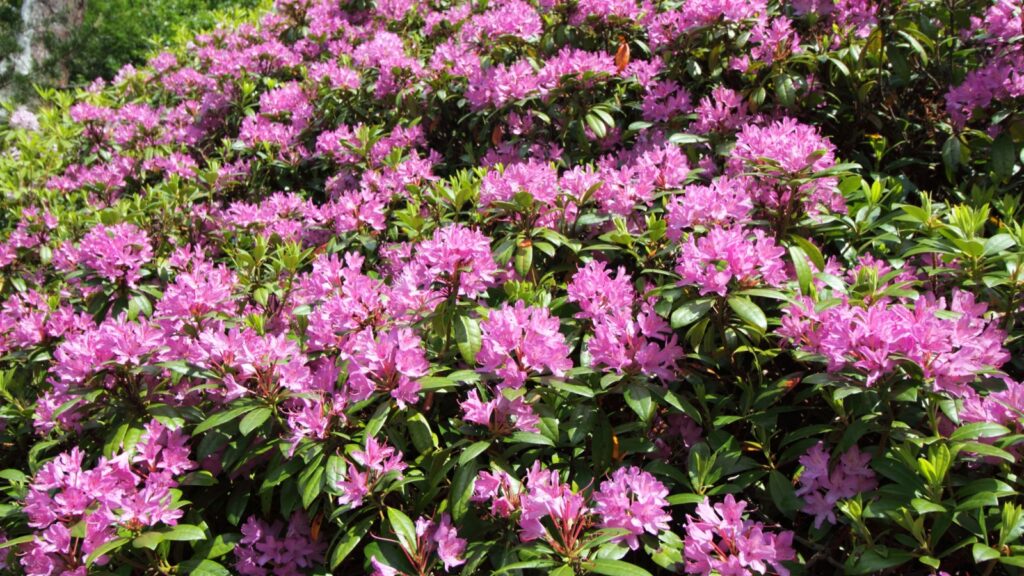
Rhododendron Ponticum might be beautiful, but it’s a menace to British woodlands. It forms dense thickets that block out light, preventing native plants from growing. Its leaves are toxic to many animals, reducing biodiversity. Rhododendron also changes soil chemistry, making it difficult for other plants to grow even after it’s removed.
New Zealand Pigmyweed
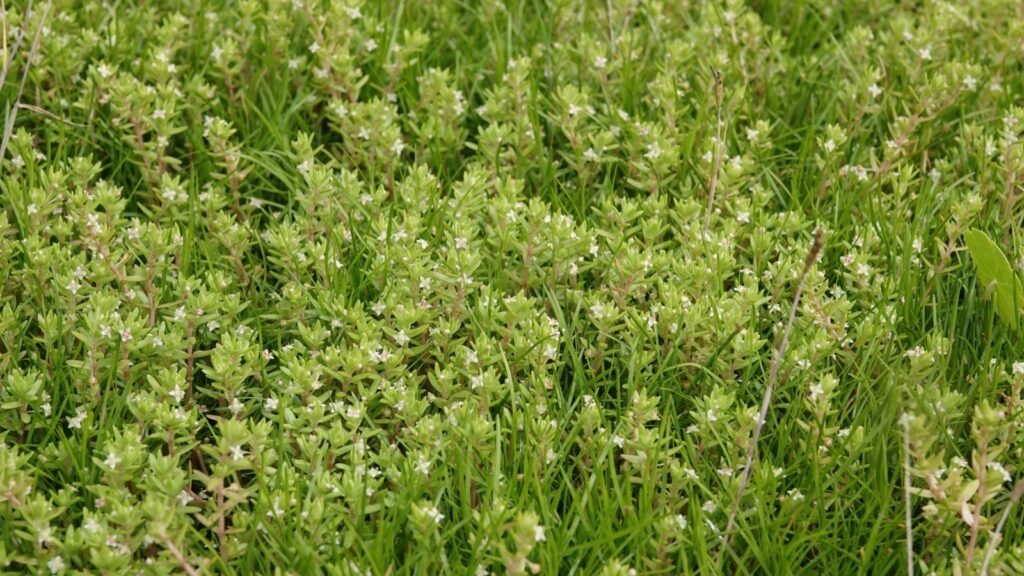
New Zealand Pigmyweed, also known as Australian Swamp Stonecrop, is causing major problems in British ponds and lakes. It grows incredibly fast, forming dense mats on the water’s surface that block out light and reduce oxygen levels. This plant can regenerate from tiny fragments, making it extremely difficult to control once established.
Canadian Waterweed
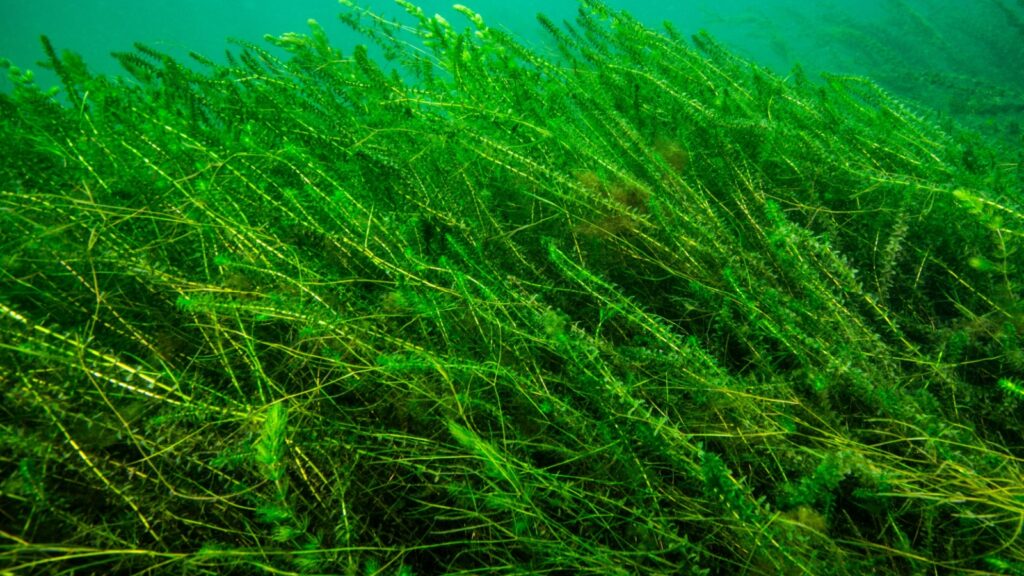
Canadian Waterweed was first introduced to Britain as an ornamental plant for aquariums. It quickly escaped into the wild, where it now chokes waterways across the country. This plant grows so densely it can impede water flow and make boating impossible. It also outcompetes native aquatic plants, reducing biodiversity in Britain’s waterways.
Spanish Bluebell
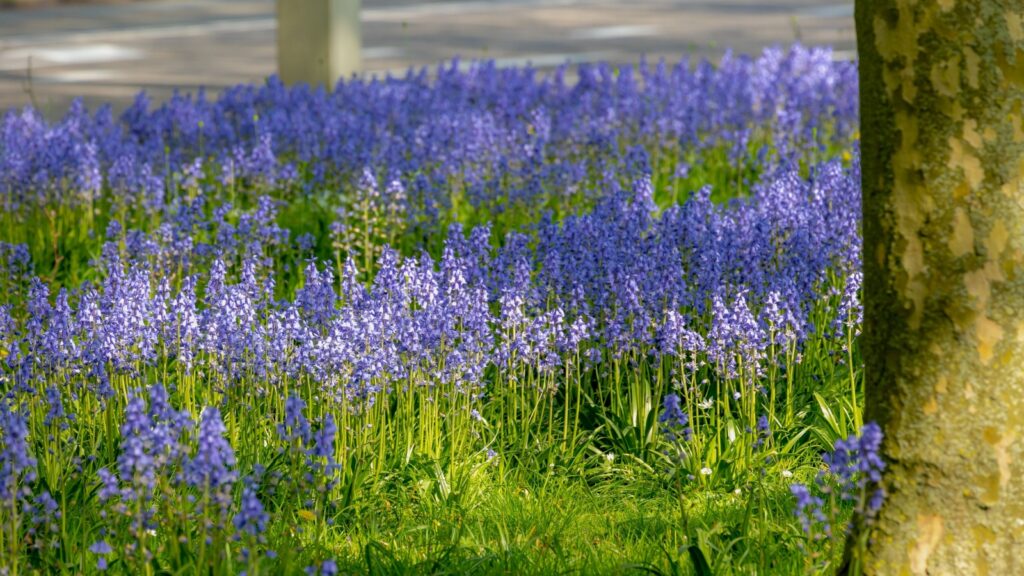
Spanish Bluebells might look similar to native British Bluebells, but they’re causing big problems. They hybridize with native Bluebells, threatening the genetic purity of this iconic British wildflower. Spanish Bluebells are also more vigorous, outcompeting the native species. They spread rapidly through both seed and bulb division, making them difficult to control.
American Skunk Cabbage
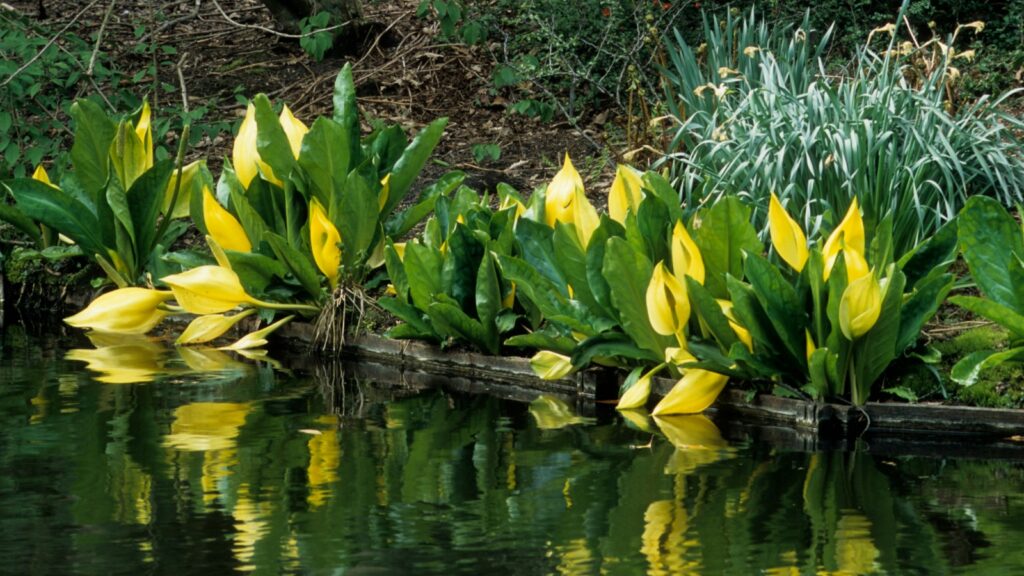
American Skunk Cabbage is an eye-catching plant with large leaves and distinctive yellow flowers. However, it’s causing significant damage to wetland habitats in Britain. It grows in dense clumps, shading out native plants and altering soil conditions. Its large leaves decompose slowly, changing nutrient cycles in the ecosystems it invades.
Floating Pennywort
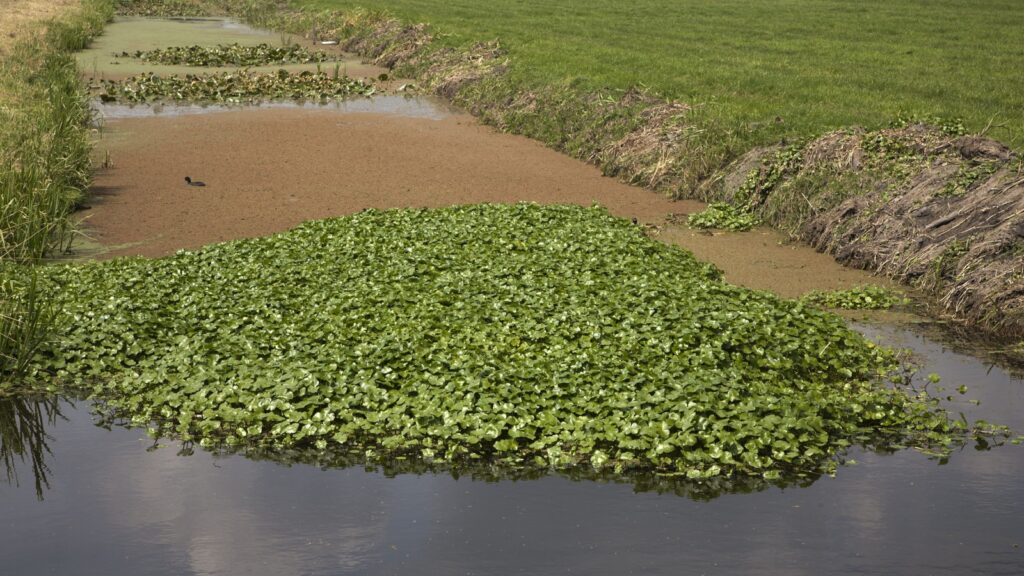
Floating Pennywort is a fast-growing aquatic plant that’s causing chaos in British waterways. It can grow up to 20 cm per day, forming thick mats on the water’s surface. These mats block out light, reduce oxygen levels, and increase flood risk. Floating Pennywort also provides a perfect habitat for mosquitoes, potentially increasing disease risk.
Tree-of-Heaven
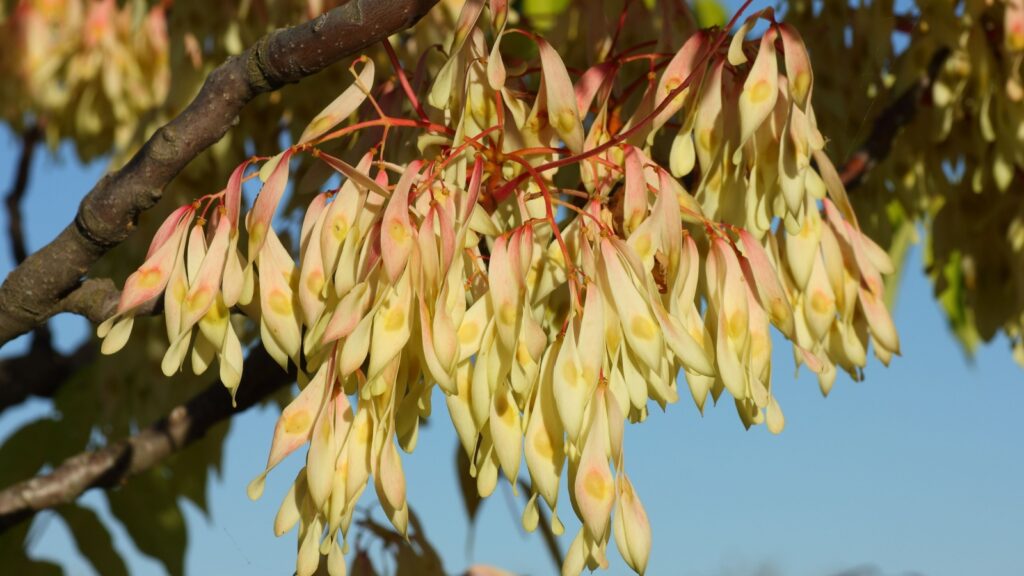
Despite its heavenly name, Tree-of-Heaven is a devilish invader in British urban areas. It grows rapidly, producing chemicals that inhibit the growth of other plants nearby. Its roots can damage pavements and building foundations. Tree-of-Heaven also produces huge numbers of wind-dispersed seeds, allowing it to spread quickly.
Parrot’s Feather
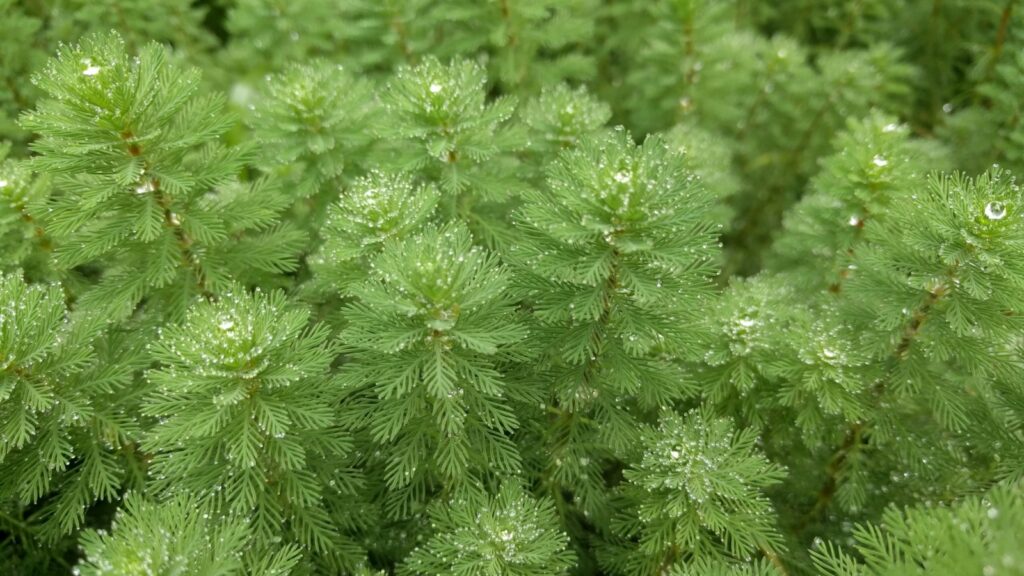
Parrot’s Feather is an aquatic plant that’s causing problems in ponds, lakes, and slow-moving rivers. It forms dense mats that can completely cover the water’s surface, blocking out light and reducing oxygen levels. This plant can regrow from tiny fragments, making it extremely difficult to eradicate once established.
Cotoneaster
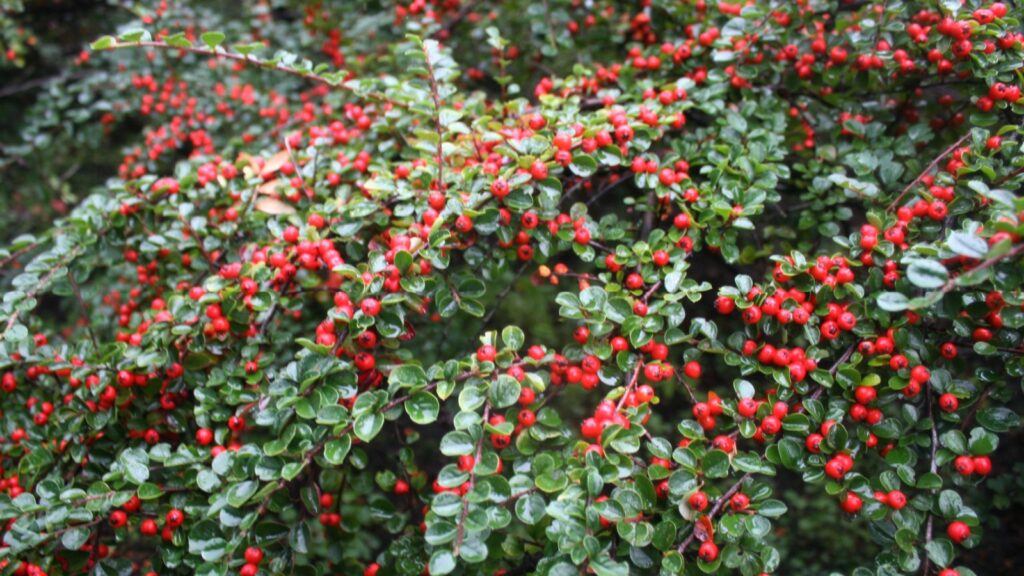
Several species of Cotoneaster have become invasive in Britain, particularly in coastal and limestone areas. These shrubs form dense thickets that crowd out native plants. Their berries are spread by birds, allowing them to colonize new areas quickly. Some Cotoneaster species are particularly problematic as they can grow on vertical surfaces like cliffs, threatening rare cliff-dwelling plants.
Water Fern
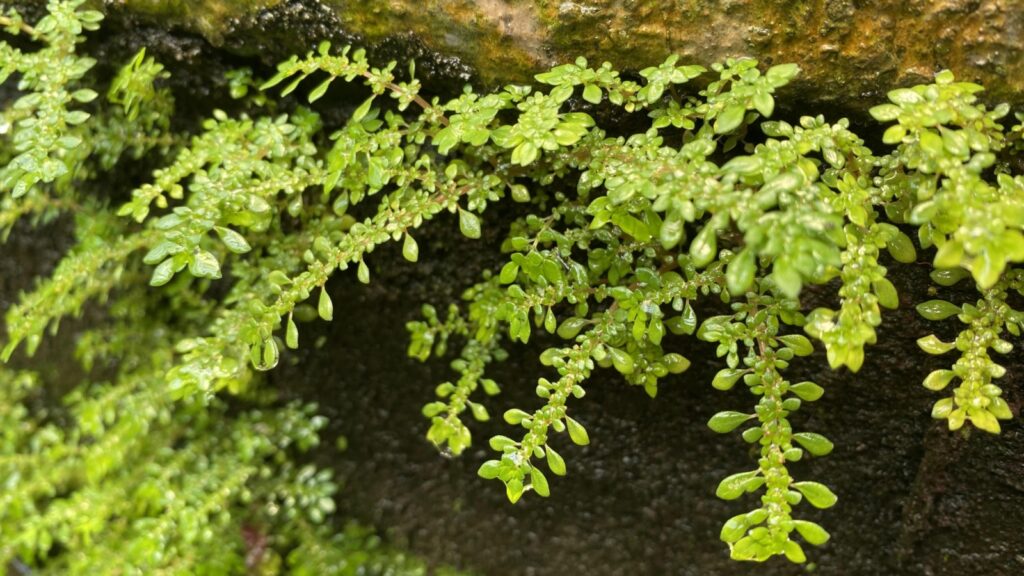
Water Fern, also known as Fairy Fern, might look delicate, but it’s a tough invader of British ponds and lakes. It can double in size every few days, quickly covering water surfaces. This blocks out light, reduces oxygen levels, and can lead to fish deaths. Water Fern can also survive out of water, spreading to new habitats on the feet of water birds.
Buddleia
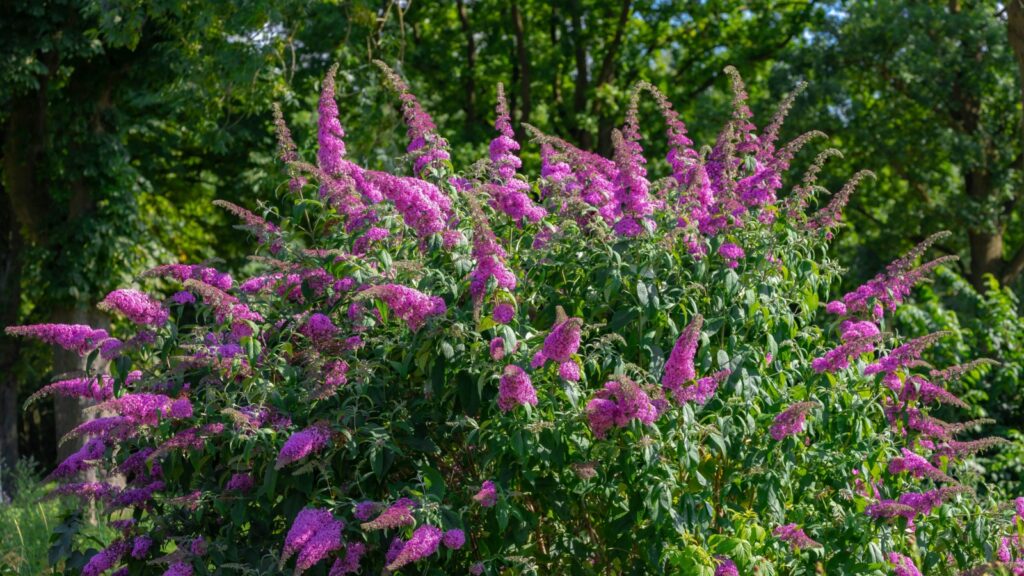
Buddleia, or the Butterfly Bush, was introduced as an ornamental plant but has since gone wild. It’s particularly problematic in urban areas, where it can damage buildings by growing in cracks and crevices. Buddleia produces millions of wind-dispersed seeds, allowing it to spread rapidly. While it does attract butterflies, it outcompetes the native plants that butterfly caterpillars need to feed on.
Yellow Archangel
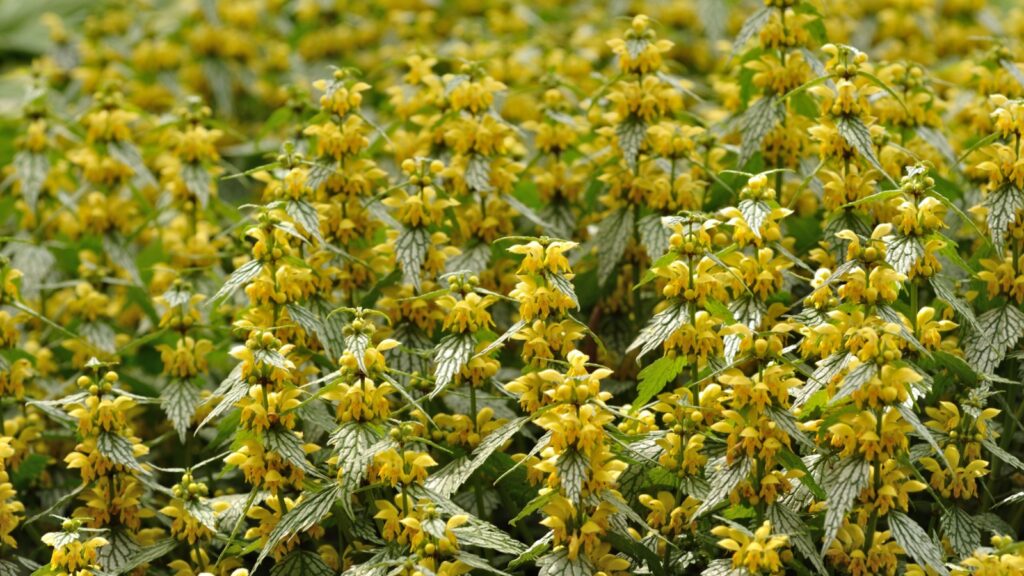
Yellow Archangel might sound angelic, but it’s a devil in British woodlands. It spreads rapidly, forming dense carpets that smother native ground flora. This plant can also climb, allowing it to outcompete other plants for light. Yellow Archangel is particularly problematic because it can thrive in shady conditions, threatening even established woodland ecosystems.
Becky is a fervent wildlife enthusiast and pet care expert with a diploma in canine nutrition. Her love for animals stretches beyond the domestic, embracing the wild tapestry of global fauna. With over a decade of experience in animal welfare, Becky lends her expertise to OutlandishOwl through insightful articles, captivating wildlife information, and invaluable guidance on pet nutrition. Her work embodies a deep commitment to understanding the intricate lives of animals and a passion for educating others on sustaining natural habitats. Becky's hands-on conservation efforts and her knack for translating complex dietary science into practical pet feeding tips make her an indispensable voice for creatures great and small.

